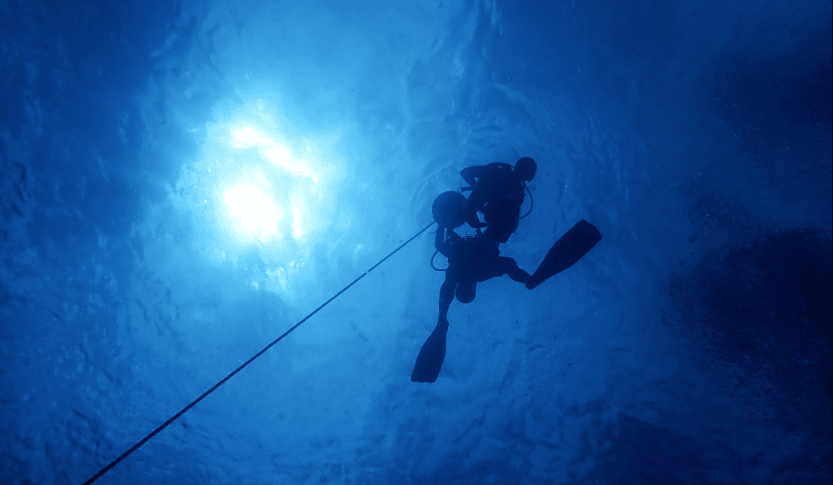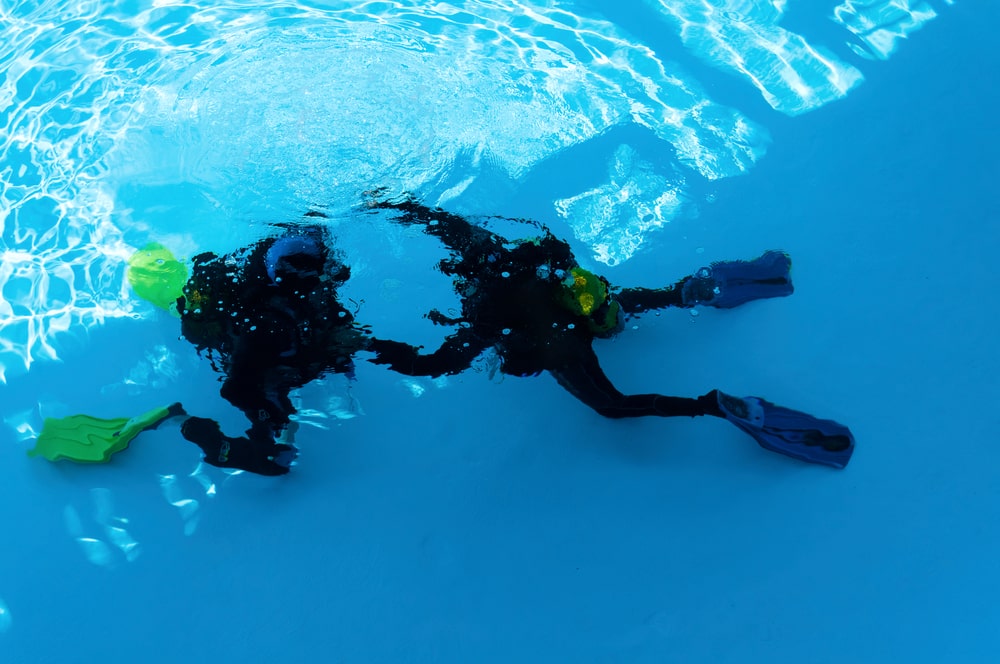Ready To Take the Plunge? Things You Need to Know About Advanced Open Water Certification
If you are considering taking the Advanced open water certification course or want to learn more about it, you have found the ideal place.
Is it beneficial to become an Advanced Open Water Diver?
Yes. It’s worth it because this course will not only unlock deeper dives, wrecks, night diving, and so on, but it will also boost your confidence and comfort under and above the surface, give you a perception of some activities you might want to pursue later, and credit you towards the respective specialty course for every adventure dive you do on this course.
How to Become a Certified Advanced Open Water Diver
What are the differences between PADI’s open and advanced open-water certifications?
During your Open water Course, you focused on learning how to use scuba gear on your own, learned some skills like setting up and checking your equipment, being able to dive and respond to specific situations, safely planning a dive, communicating with your buddy and enjoy the sport down to a maximum depth of 18m (60ft).
During your Advanced Open Water Course, you will be expanding your depth limits to 30m (100ft), using a compass to undertake more intricate navigation, improving your photography abilities, learning about the reef, fish, and wrecks, and participating in more thrilling activities such as night diving and caves.
To execute most of these dives safely, you must improve your buoyancy skills, awareness, and communication. In short, you must become a better diver, and to do so, you will be doing five adventure dives required for certification with an instructor that will refine your dive planning, breathing technique, and kicking, among other things.
PADI’s Advanced Open Water Diver Course Outline:
The course has 5 Adventure Dives. Each has a hypothesis before diving (6-8 hours total reading time). Like the Open Water Course, there is a knowledge review after each chapter with your instructor, but there are no quizzes or tests. You must agree with your instructor ahead of time since some may not be accessible due to location or conditions. Get your swimsuit ready!
How Do I Determine Which Exciting Dives to Take?
Let’s gather some details to assist you in choosing exciting dives:
Deep dive:
Your instructor will cover deep diving’s impact on your body during this dive. Gas narcosis, light, color perception, gas management, and dive preparation. The underwater portion of your journey will take you to depths greater than 18 meters (60 feet) but less than 30 meters (100 feet). Here, you’ll test your tolerance to narcosis by performing various tasks, observe the gradual loss of color as you descend with the aid of a dive light, and, of course, take in the breathtaking scenery you’ve just discovered.
Navigation dive:
Like ashore, we feel safer knowing where we are and where we are going during dives. You will learn about natural references and compass use and discuss with your instructor how and when to turn the dive and exit at the appropriate point or return to the boat.
Peak Performance Buoyancy:
Buoyancy management is the most crucial diving skill. Would you want to float still close to the eating turtle without disrupting the environment? Swim across that little passage amid gorgeous cenote formations without damaging it. Do you like longer dives owing to lesser air consumption and the confidence of a flawless safety stop? Students say this is one of the most entertaining and helpful instructor dives! This dive will teach breathing methods, weight and body placement, trim, propulsion, awareness of yourself and others, and fun shallow-water activities.
Enriched Air Nitrox
As an Advanced Diver-to-be, you will learn that your NDL (no-decompression limit) is much shorter at 30m (100ft) than at 18m (60ft). Enriched Air nitrox will allow you to remain longer and feel less weary after diving. Nitrox increases the bottom time by almost 30%!
Night dive
Learn to communicate with a dive light and navigate at night! When the sun goes down, explore a strange aquatic world that’s not as terrifying as you imagine. Watch crabs and octopuses. For your first night dive, go down with a bit of light so the darkness will come to you gradually, and you won’t realize it!
Are you prepared for it?
Instructors have differing views on whether you should have enough dives before signing up for it following your OWC. After your first training, you should have fun diving to establish your abilities and acquire experience. Still, you should also complete five additional dives with an instructor to fine tune your skills and open up new possibilities. You don’t have to dive to 30m (100ft) every time simply because you have the license. It’s all about comfort. Ready?
When you’ve completed your Advanced Open Water Diver Training, what’s next?
Now the real fun begins, and the underwater world is your playground: you can follow up on some specialties of those dives you loved so much, like getting Nitrox certified, or even doing another Buoyancy or photography class to keep progressing on those shark shots, and by now we believe you fell in love with scuba diving, so it will make sense to do your rescue course and even your Divemaster! These require sufficient experience.
Tips Also Read: How to Get Scuba Certified for Your Next Vacation
Advanced Open Water Diver Course with Adventure Scuba, LLC
We prioritize safety and excellent instruction as dedicated cave explorers with solid technical backgrounds. We want to give you a personalized, entertaining, and ecologically sustainable experience so you can get the most out of our scuba classes in Southwest Fort Worth. If you have any questions or concerns, contact us or leave a note in the chat!



